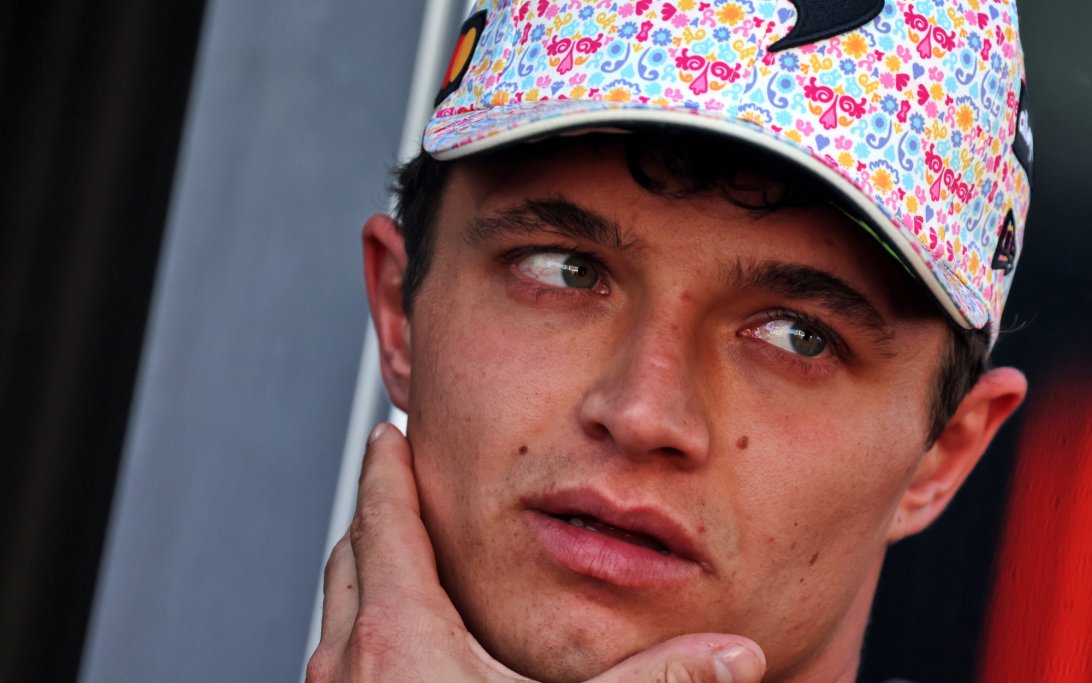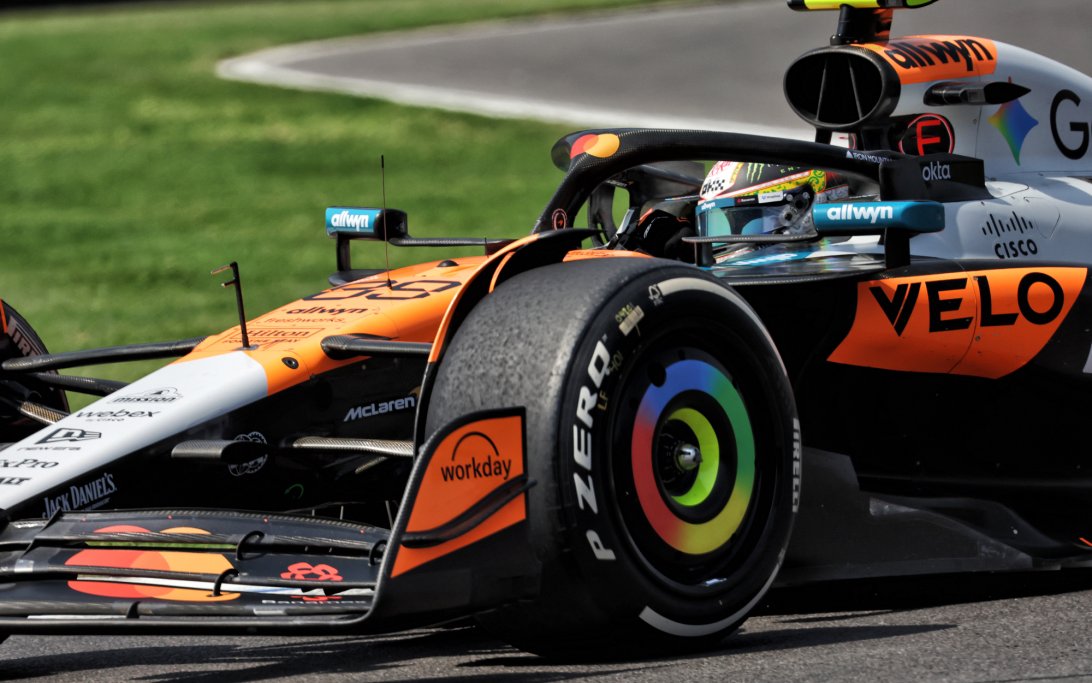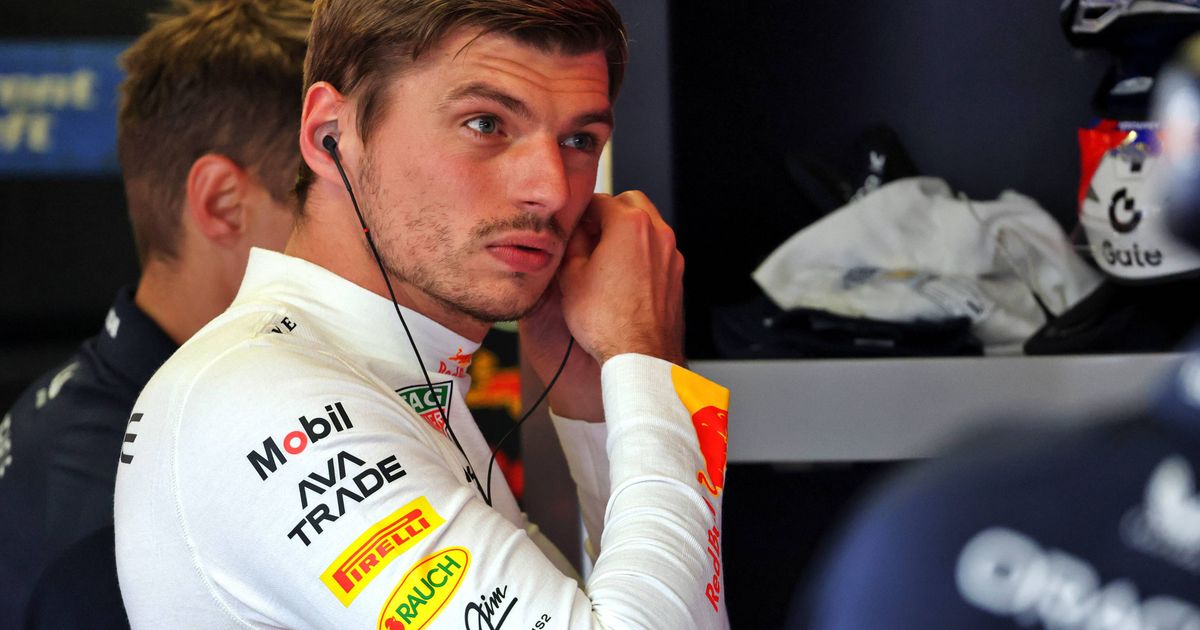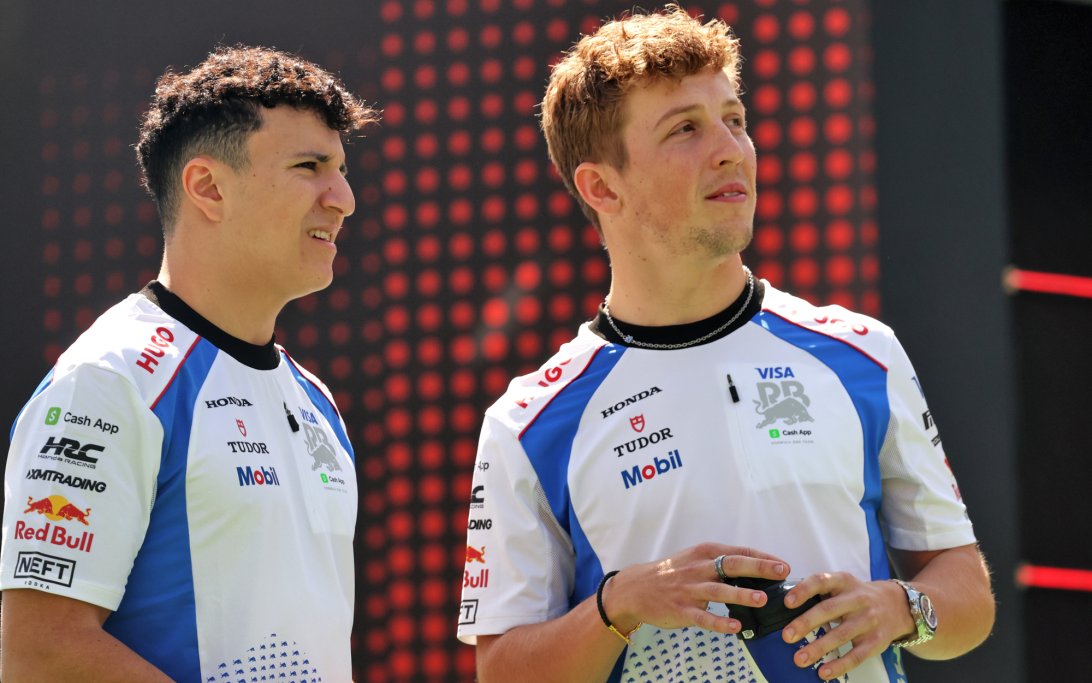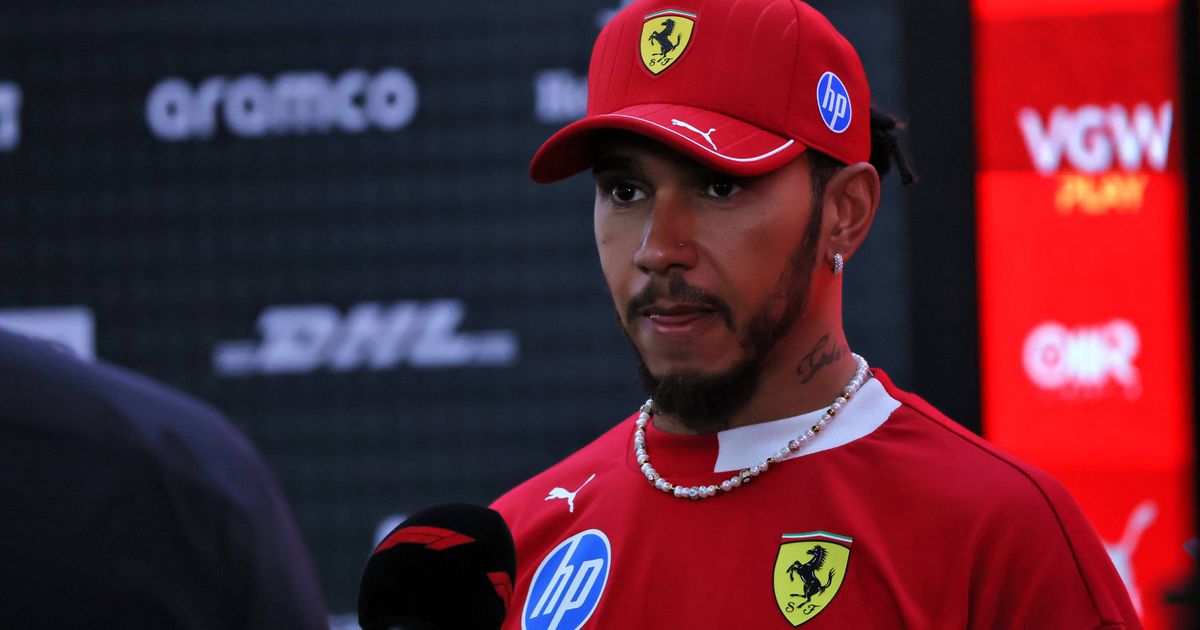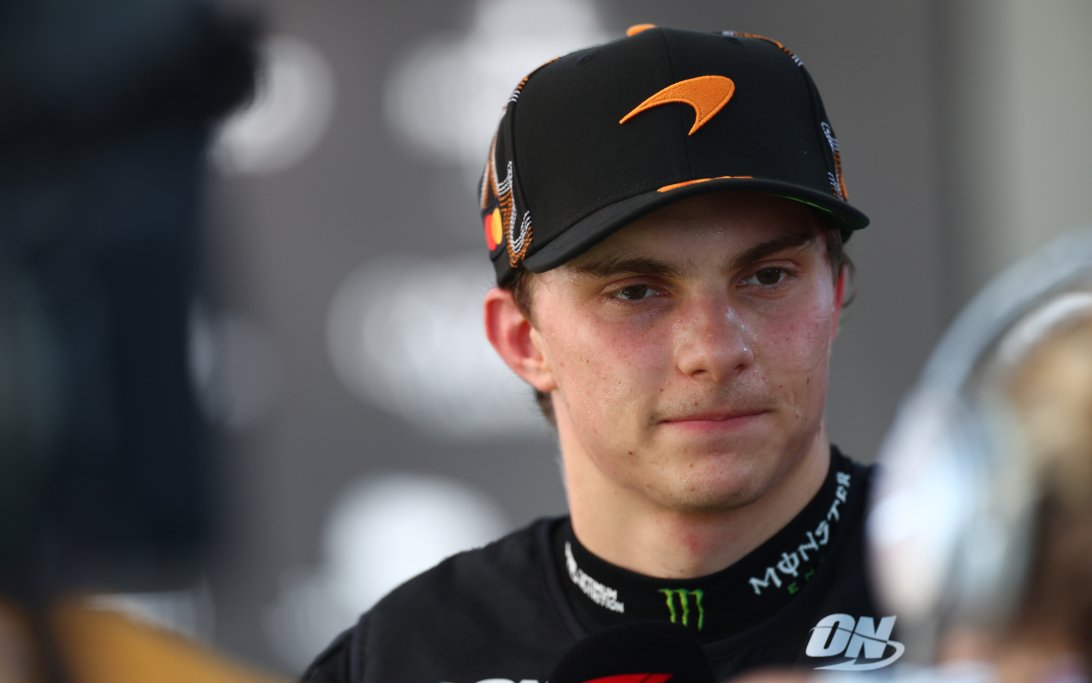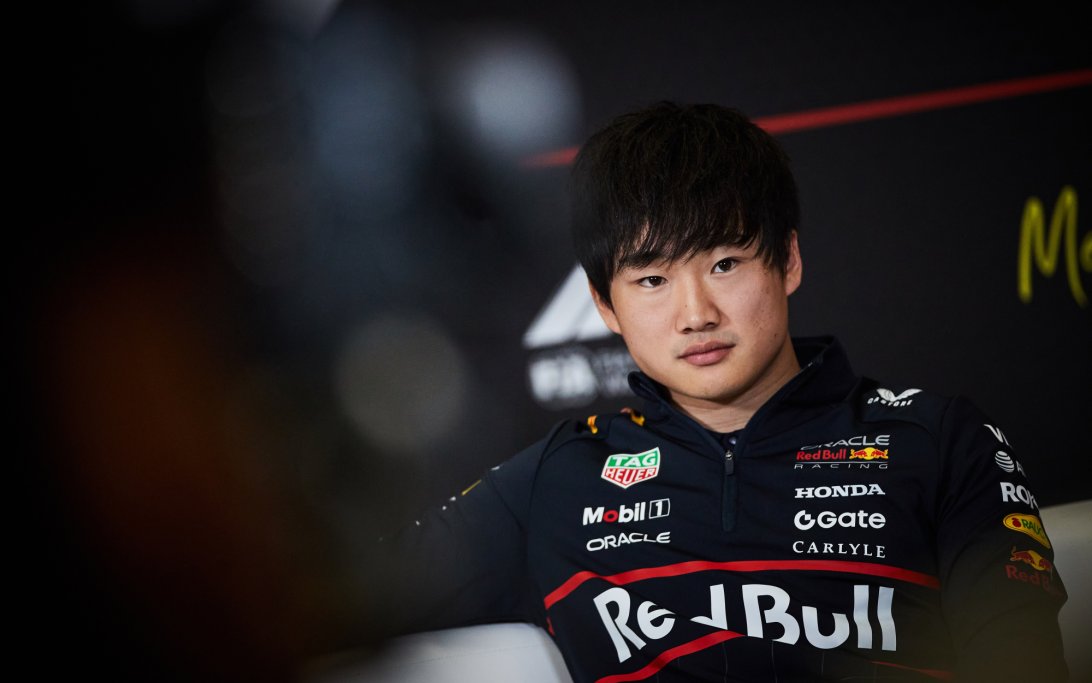
Red Bull Upgrades: A Boost for Max Verstappen in Mexico?
Red Bull has introduced a series of key upgrades for the Mexico City Grand Prix, sparking discussions on whether these enhancements will further cement Max Verstappen's dominance or aid in a potential championship push. Former Aston Martin strategist Bernie Collins weighs in on the technical modifications and their potential impact on the upcoming race and the broader title picture.
Why it matters:
Formula 1's competitive landscape is often dictated by marginal gains, and Red Bull's consistent development throughout the season has been a cornerstone of their success. The Mexico City circuit, with its unique high-altitude conditions, demands specific aerodynamic and power unit considerations, making any upgrade package particularly crucial for performance. These developments could either solidify Red Bull's position or allow rivals to close the gap.
The details:
- Front Wing Endplate: Red Bull has implemented modifications to the front wing endplate. This update aims to refine airflow management around the front tires, which can significantly improve aerodynamic efficiency and reduce drag—a critical factor on the long straights of the Autódromo Hermanos Rodríguez.
- Floor Edge: The floor edge has also seen revisions. The floor is arguably the most critical aerodynamic component on a modern F1 car, generating a substantial portion of the downforce. Adjustments here are designed to optimize the underbody airflow, enhancing ground effect and overall stability through corners.
- Engine Cover & Cooling Louvres: Given Mexico's high altitude, engine cooling is paramount. The updated engine cover and cooling louvres are tailored to improve heat dissipation from the power unit. This ensures the engine can run at optimal temperatures without sacrificing performance due to overheating, a common challenge in Mexico City.
- Rear Suspension Fairing: Further refinements have been made to the rear suspension fairing. This component plays a role in managing airflow over the rear of the car, integrating with the diffuser and rear wing to maximize downforce and minimize turbulence. Such changes often aim to improve stability under braking and traction out of corners.
The big picture:
Red Bull has been known for its aggressive development cycle, bringing updates to nearly every race. This continuous evolution has allowed them to adapt their car to various track characteristics and maintain a performance advantage. While these upgrades might seem minor individually, collectively they represent a strategic effort to fine-tune the RB19 for specific conditions and extract every ounce of performance. Their commitment to ongoing development often keeps rivals on their back foot, forcing other teams to constantly chase their innovative solutions.
What's next:
All eyes will be on the practice sessions and qualifying to see how effectively these upgrades translate into on-track performance. While Max Verstappen has a strong record in Mexico, the high-altitude environment presents unique challenges for all teams. If the upgrades deliver as intended, they could provide Verstappen with an even greater edge, making him an even more formidable contender for another victory and potentially extending Red Bull's dominant run. However, the true test will be how the car performs under race conditions, especially against competitors who may also bring track-specific updates. The impact on lap times and tire degradation will be closely scrutinized to determine the efficacy of these strategic enhancements.
Original Article :https://www.skysports.com/f1/video/30998/13456761/mexico-city-gp-can-red-bulls-n...


